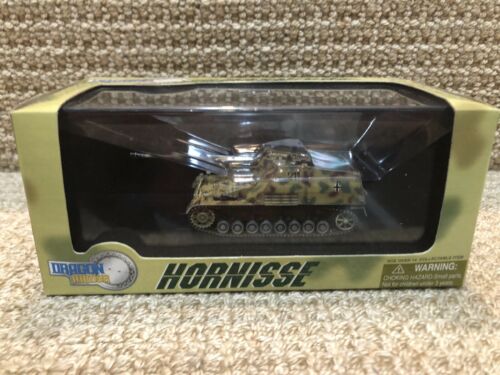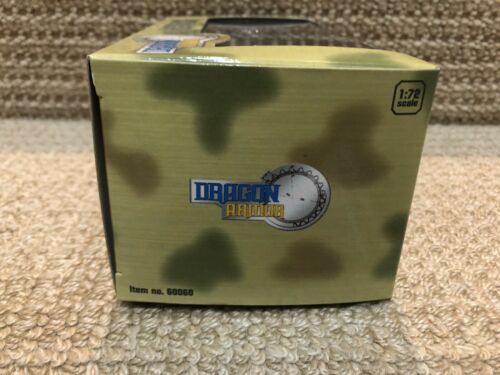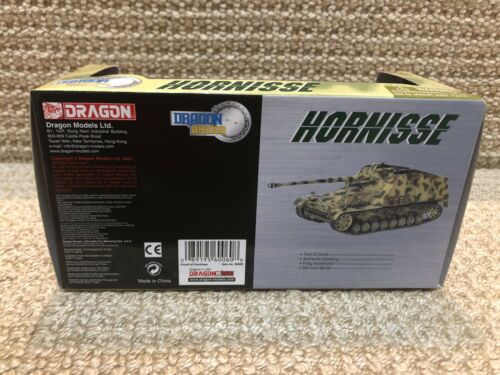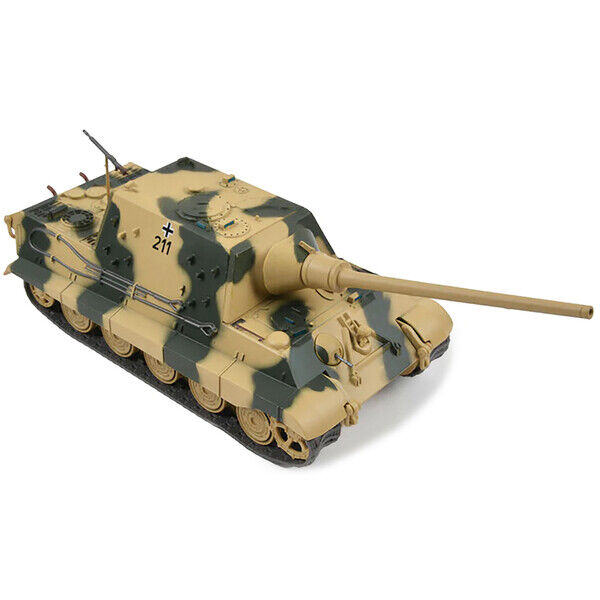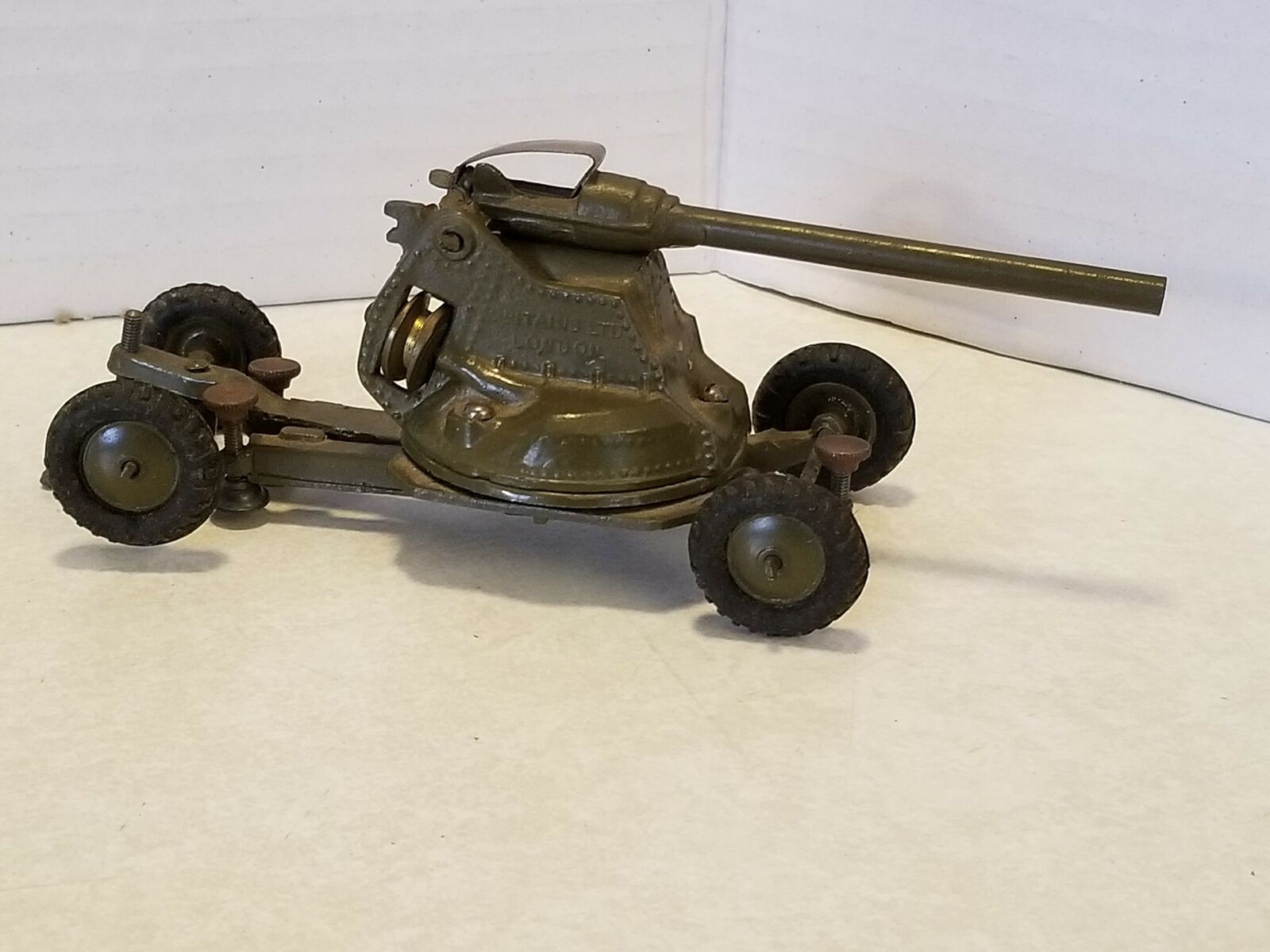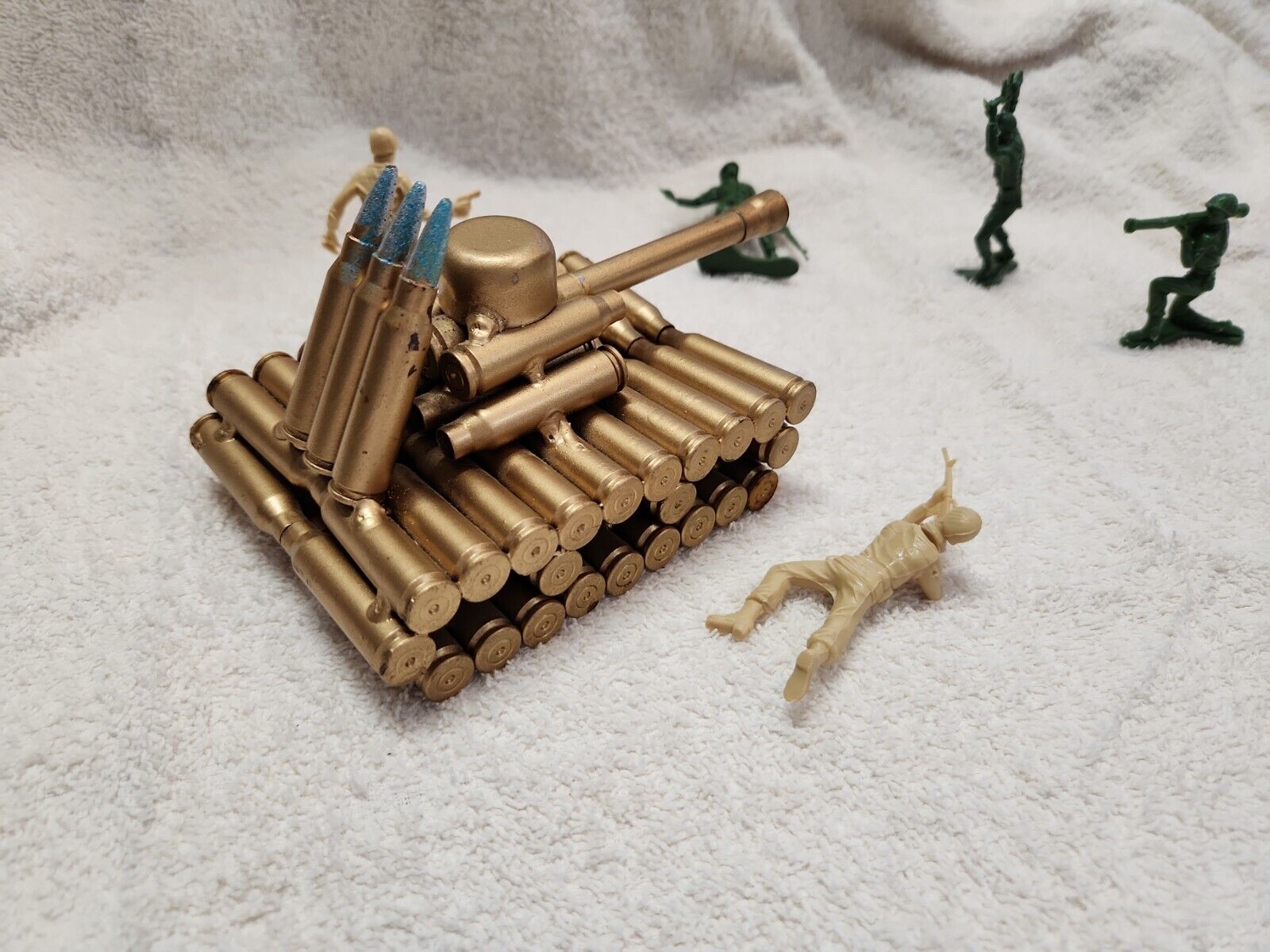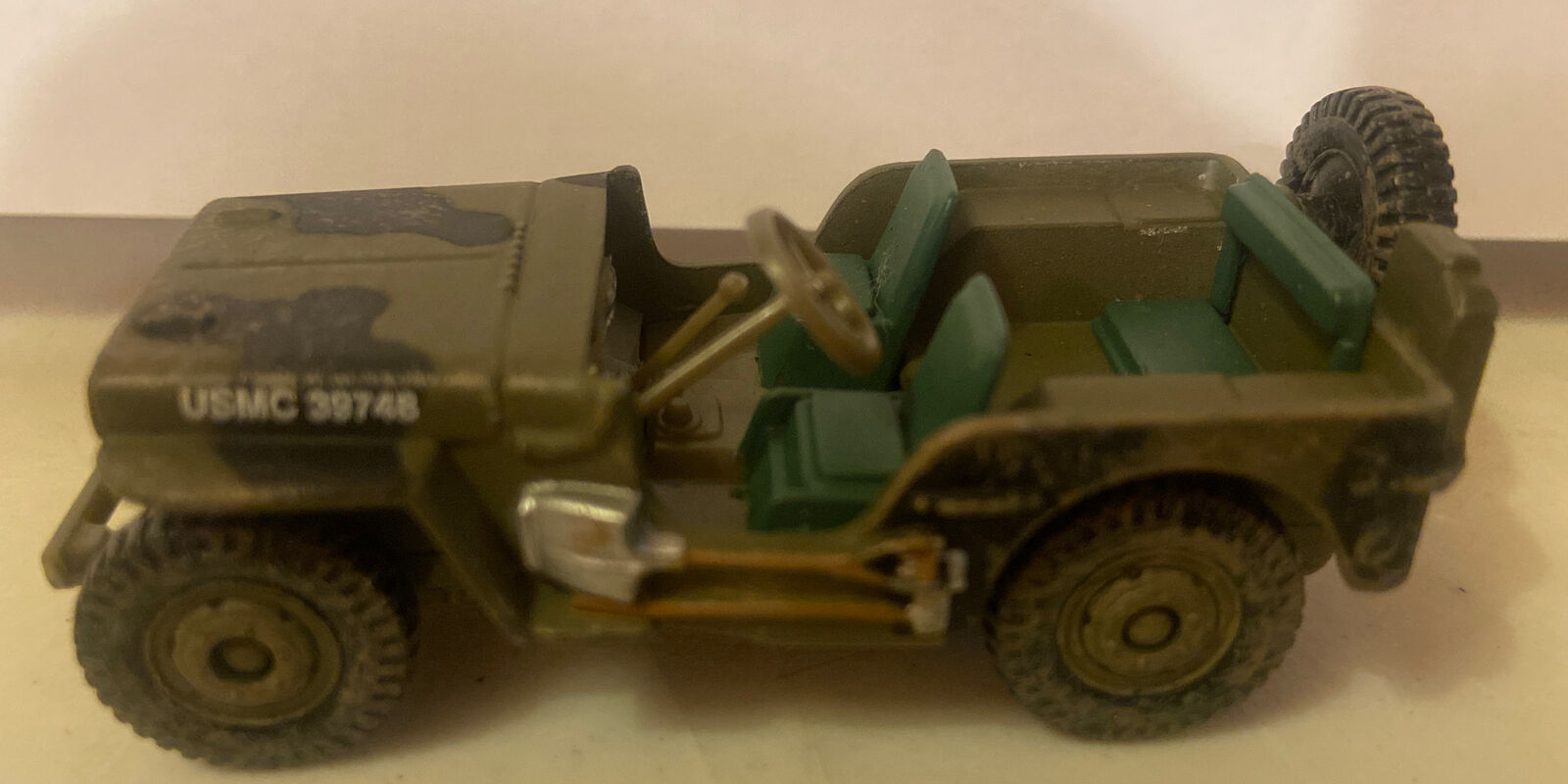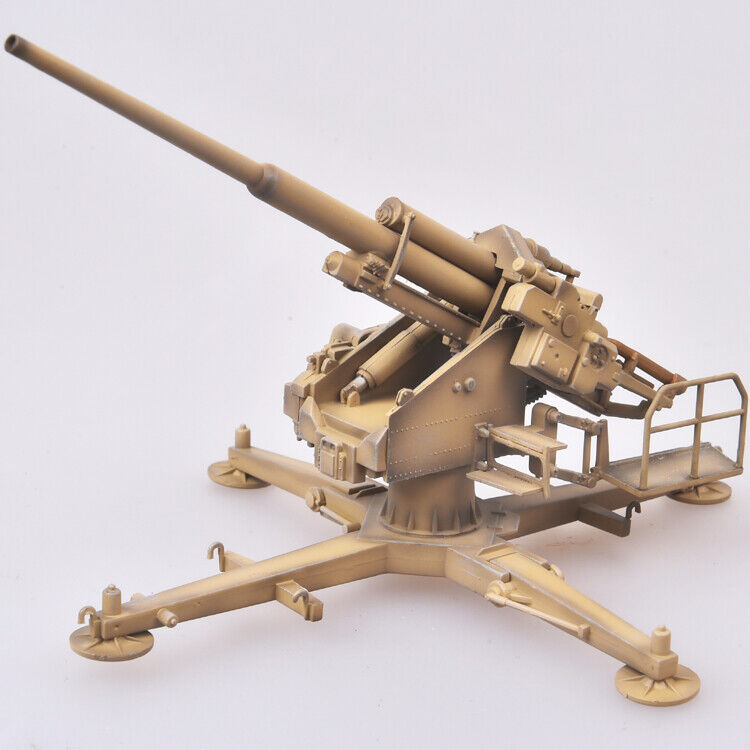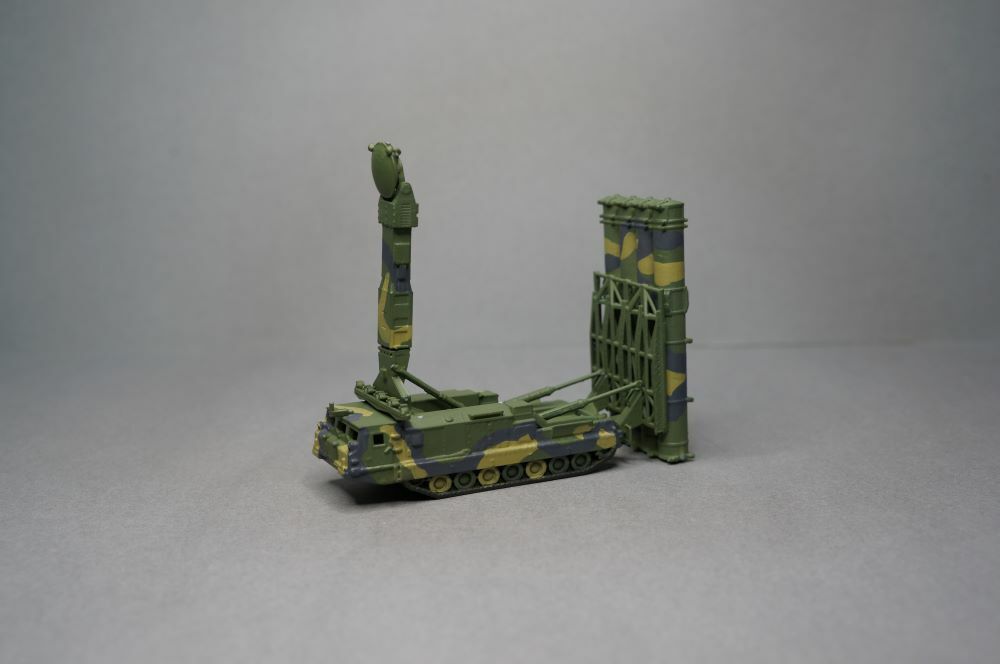-40%
Dragon Armor 1:72 Hornisse Tank Destroyer/SPG, Italy 1944, No. 60060
$ 25.6
- Description
- Size Guide
Description
Dragon Armor Hornisse - "Hornet" Self-Propelled Howitzer/Tank DestroyerNo. 60060, Vintage year - 2005, Scale - 1:72
Unit - sHPzJgAbt 525 - these were issued to the heavy anti-tank battalions (schwere Panzerjager-Abteilungen). This began as Panzerabhwehr-Abteilung (mot.) 525 and then became Panzerjager-Abteilung 525 on 1 April 1940. On June 1, 1943 it became schwere Panzerjager-Abteilung 525 (and was issued more Nashorns). Six battalions would eventually be equipped including sHPzJgAbt 525, 560, 655, 93, 519 and 88. Each battalion was equipped with 45 Hornisse/Nashorns.
Campaign - Italy 1944 - the unit arrived at Coetquidan training area (7th Army) on 8 June 1943. It rail-loaded for Italy on 23 August 1943 and arrived in the La Spezia area on 30 August 1943. On 2 December it was assigned to XI Fliegerkorps and then on 3 February 1944 it was assigned to I Parachute Corps, 14th Army, Anzio. Additional units were issued on May 194. From 9-13 May, it was transferred from Anzio front to 10th Army. More Hornisee/Nashorns were issued in September and October. History - the German Army lacked a suitable tank destroyer in September 1939. They made the Panzerjager I and the StuG III assault gun and then the Marder series of tank destroyers. Both StuG IIIs and Marders were armed with 75 mm guns but designers wanted to use the 88 mm gun with its penetrating power and longer range. In the winter of 1941, the designers rejected the Panzer III or IV's chassis for use in an anti-tank carrier. Instead Alkett created a new special gun carriage chassis - III/IV - that combined components of both the Panzerkampfwagen III (engine, fuel pump, driving and steering mechanism from the Ausf J) and the IV (suspension from Ausf F). In February 1942, Alkett designed new Panzerjager "Hornisse" (Hornet) armed with an 88 mm Pak 43/1 L/71 gun based on Geschutzwagen III/IV. The gun had an effective range of 4,000 meters. In late 1942, Nashorn's (called earlier) chassis and hull was used in the development of the Hummel (Sd.Kfz.165). But due to the weight of the gun and limited chassis capacity, only light armor was provided for the crew in an open top compartment. The disadvantages of light armor and a high profile were less of an issue in Russia with its flat and open landscape better suited to the Hornisse's ability to engage the enemy at long distances. These tank destroyers debuted in Operation Citadel at the Battle of Kursk in 1943 where it had success given its ability to engage enemy tanks at such a distance. This allowed the unit to penetrate the front plating of any Allied armored vehicle at the time while staying out of range themselves. The geography in Italy was very suitable for this "long distance" tank destroyer as it could effectively operate away from enemy tanks and infantry and use the mountainous terrain most advantageously.
Markings - Tan with dark brown and dark green camouflage with No. 211 in black on sides and German cross. Also divisional/tactical markings on front fender.
Model - Sd. Kfz. 164 Hornisse - this special weapons carrier vehicle utilized a PzKpfw IV chassis and was adopted to take an 88 mm Pak 43 gun. The gun was one of the most effective anti-tank guns deployed during the war and closely related to guns used later for the Ferdinand/Elefant, Tiger II and Jagdpanther. It did not have a machine gun mounted in the hull but crews did carry a single MG34 or MG42 inside the fighting compartment for local defense. From February 1943 to March 1945, only 474 Nashorns and 20 Hornisses were produced. The two models were almost identical with the only difference being the driver front plate and gun version (apparently unnoticeable). Both models were designed by Alkett and produced by Deusche Eisenwerke in Tieplitz-Schonau. According to sources, its tungsten carbide-cored round, Pzgr. 40/43, could penetrate 190 mm of rolled steel armor at a 30 degree angle of impact at a distance of 1000 meters. Eventually, the Hornisse/Nashorn was replaced by a new generation of more powerful and better-armored Panzerjagers like Jagdpanzer IV and the Panzerjager V Jagdpanther but they still remained in service to the end of the war.
Condition - New with minor wear on box.
Thank you for your interest.
